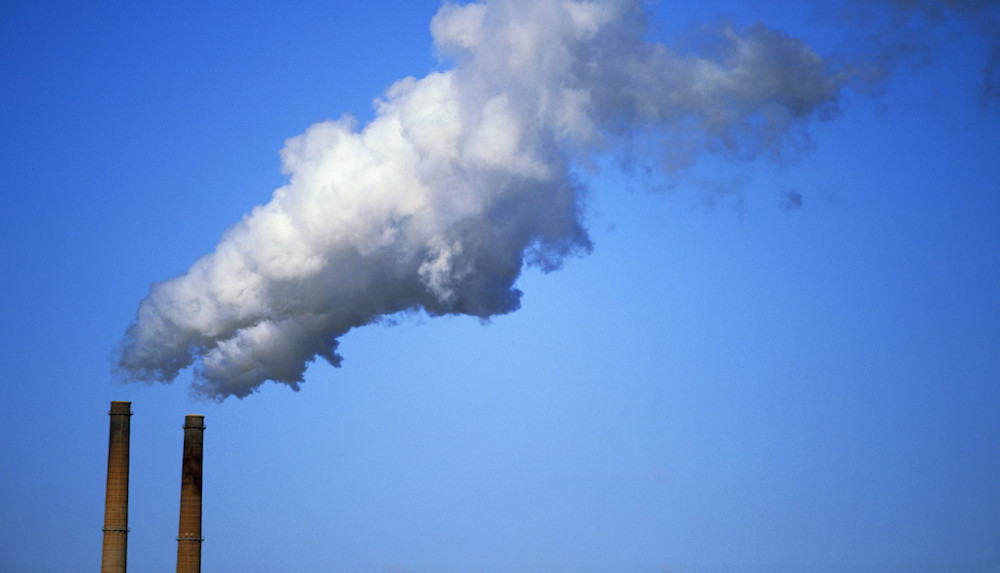Researchers say greenhouse gas emissions from the healthcare sector grew 30% over the past decade, and accounted for 9.8% of the national total in 2013.
If the U.S. healthcare system were a country, it would rank 13th in the world for GHG emissions, according to a study published recently in PLOS ONE, one place behind the United Kingdom. The studied included previously unreported environmental and public health impacts of the nation’s healthcare sector.
The researchers’ economic model was based on federal data to calculate total emissions of different pollutants produced by the healthcare sector over 10 years. They analyzed direct emissions from hospitals and clinician’s offices, as well as indirect emissions generated by the suppliers of energy, goods, and services.
The research team also reported significant national percentages of other environmental impacts from the healthcare sector, including acidification (12%), smog formation (10%), and respiratory disease from particulate matter (9%).
Related Stories
| Feb 23, 2012
New Virginia statewide building code goes into effect March 1
After March 1, all building plans in Virginia must adhere to the 2009 code that was adopted a year ago.
| Feb 23, 2012
Privatizing flood insurance could lead to new code requirements
One thing that could pave the way toward private flood insurance would be NFIP reforms, like requiring new construction in flood-prone areas to be elevated.
| Feb 22, 2012
ACI BIM manual for cast-in-place concrete in development
The improved communication, coordination, and collaboration afforded by BIM implementation have already been shown to save time and money in projects.
| Feb 20, 2012
Comment period for update to USGBC's LEED Green Building Program now open
This third draft of LEED has been refined to address technical stringency and rigor, measurement and performance tools, and an enhanced user experience.
| Feb 20, 2012
GAF introduces web portal for architects and specifiers
The new portal offers a clean look with minimal clutter to make it easier to find the technical information and product data that architects need.
| Feb 17, 2012
AGC advocates for federal procurement reform
Ensure that small business goals take into consideration actual small business capacity in relevant specialty markets.
| Feb 17, 2012
Codes not to blame for Anchorage roof collapses following heavy snows
Design or construction problems likely contributed to the collapses, according to city officials.
| Feb 17, 2012
Comment period opens March 1 for LEED 2012 update
USGBC says that LEED's strength comes from its continuous evolution.
| Feb 17, 2012
OSHA training videos on proper respirator use available online
17 short videos to help workers learn about the proper use of respirators on the job.
















